
In honor of National Slavery and Human Trafficking Prevention Month, Sun Gate Foundation will be honoring veteran Survivor Leaders in the United States. Survivor Leaders include the lateNorma Hotaling, Vednita Carter, Autumn Burris, Marian Hatcher, Tina Frundt, Audrey Morrissey, Christine Stark, Beth Jacobs, and Kathleen Mitchell.
Click Here to read more



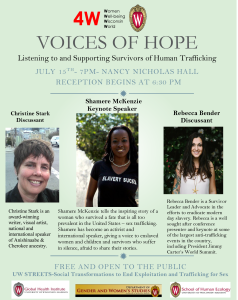

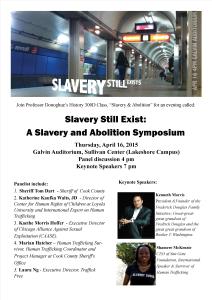

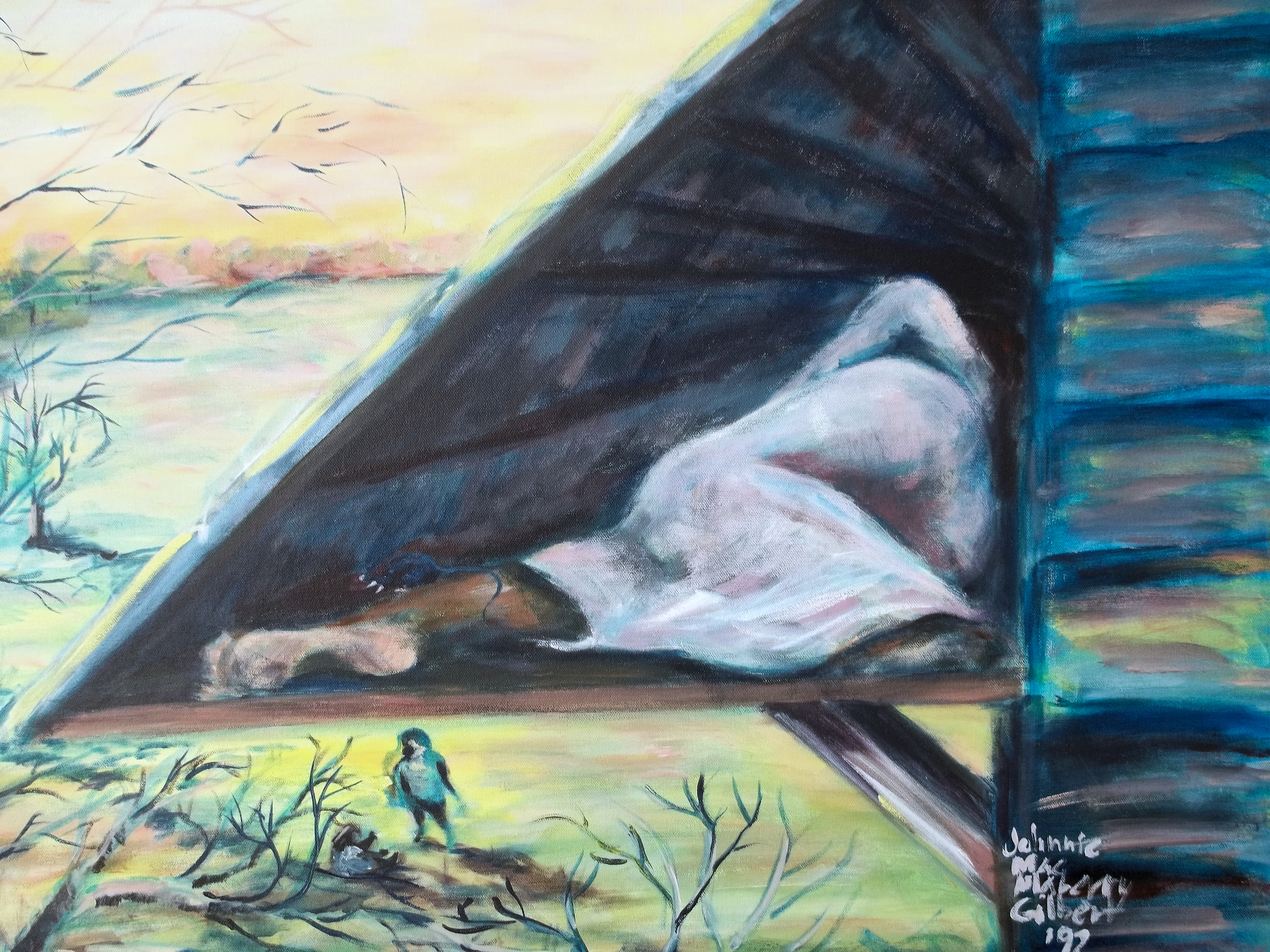

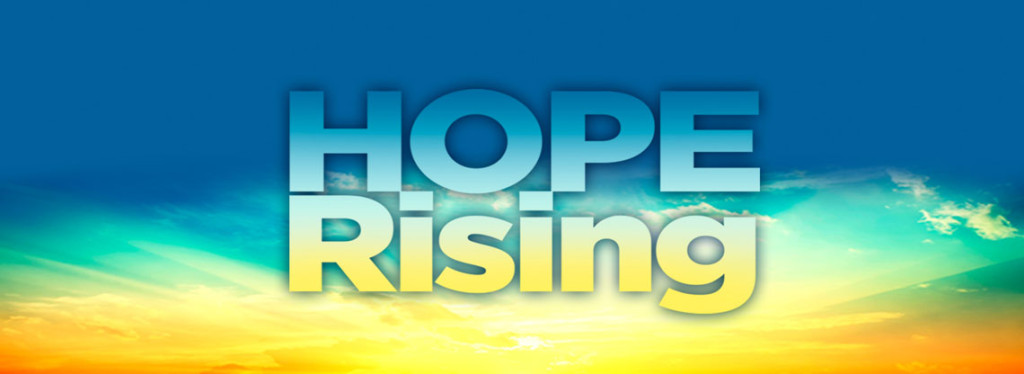
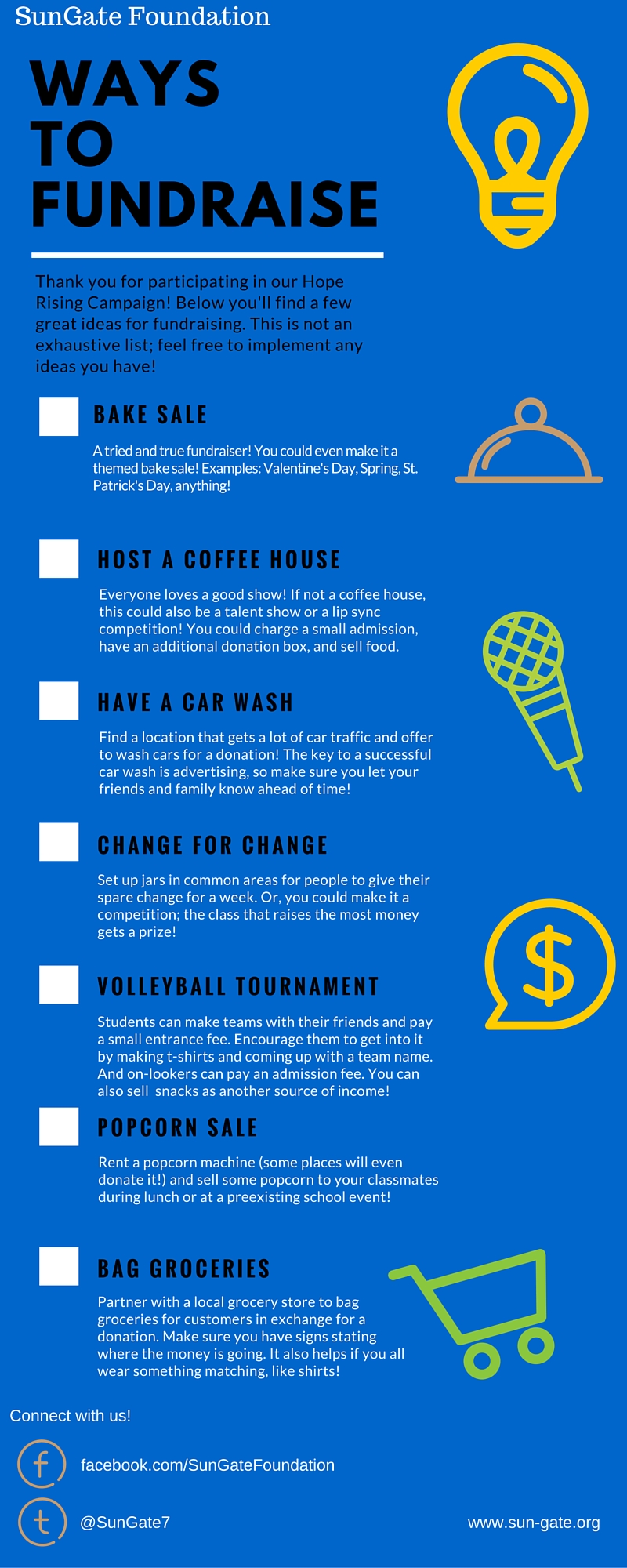



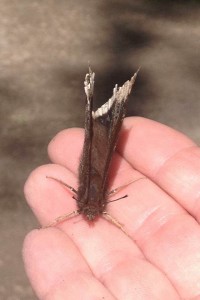

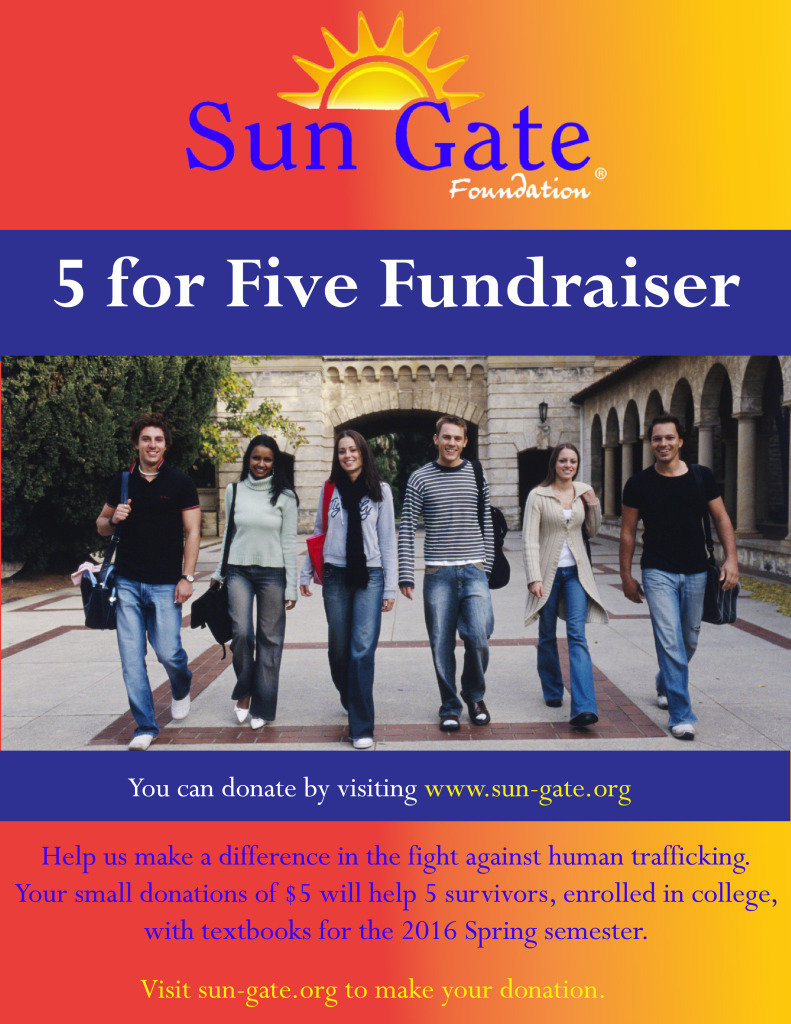



Social Media